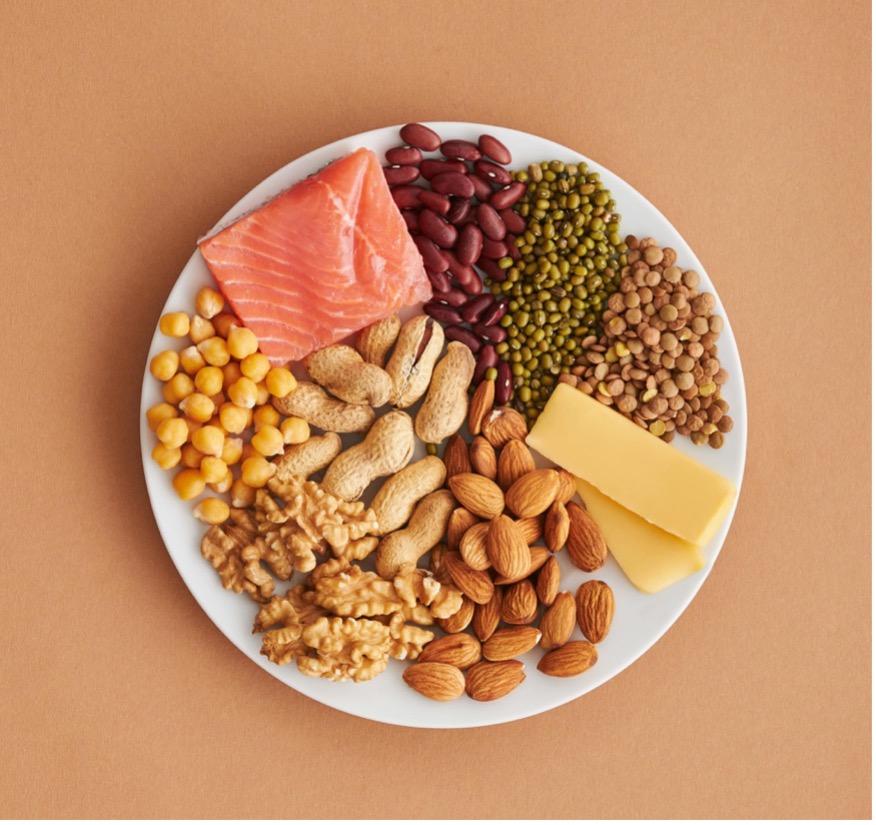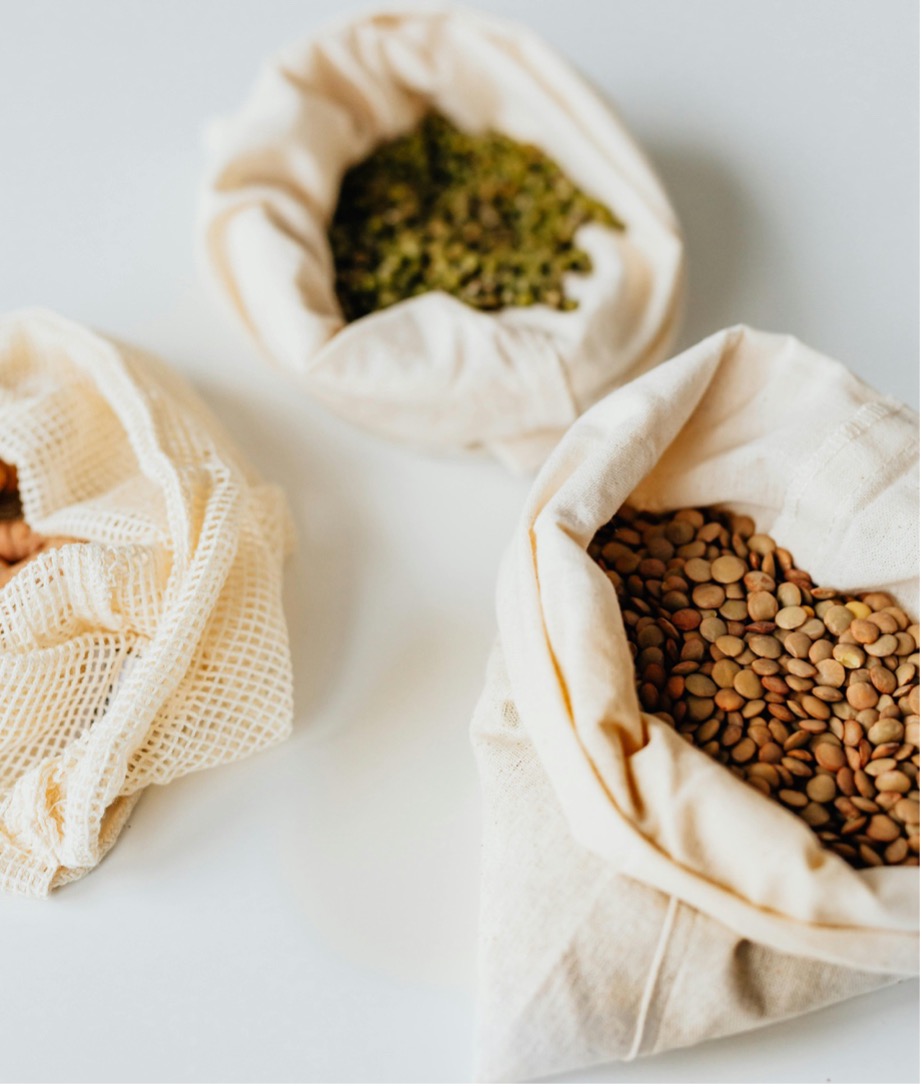An anti-inflammatory diet is based on consuming foods that help reduce inflammation in the body, thereby supporting overall health. It also encourages reducing the excessive intake of processed foods, refined sugars, trans fats, and alcohol with the goal of preventing chronic diseases and improving general well-being.
But… is the anti-inflammatory diet truly a magical solution to eliminate inflammation? Below, we’ll explore its foundations and reflect on whether it’s just a passing trend or a genuinely beneficial approach to our health.
Marta Florido – Neolife Nutrition Unit
What is inflammation?
Inflammation is the body’s necessary and natural response to combat an infection or an internal (such as an autoimmune disease) or external (like a virus or bacteria) threat to our well-being.
Low-grade chronic inflammation can damage body tissues and impair normal organ function, which highlights the importance of finding strategies to reduce it. One of the most effective ways to manage inflammation is through diet, by adopting a nutritional approach rich in anti-inflammatory foods.
Foundations of the anti-inflammatory diet
The anti-inflammatory diet is based on consuming foods that modulate the body’s inflammatory response, helping to reduce the production of inflammatory mediators such as pro-inflammatory cytokines. This dietary approach not only seeks to reduce inflammation but also aims to promote overall health and prevent diseases associated with chronic inflammation.
In other words, an anti-inflammatory diet is one that is rich in compounds with anti-inflammatory properties, such as vitamins B, C, and E, antioxidants and polyphenols found in fruits and vegetables, and minerals like selenium and magnesium. These compounds play a key role by helping to resolve inflammatory processes or by being part of the body’s defense system, thus helping prevent the onset of inflammation.
Key foods in the anti-inflammatory diet
- Fruits and vegetables: Essential in any anti-inflammatory diet due to their high content of antioxidants, vitamins, and minerals. Vibrantly colored fruits and vegetables—such as berries, apples, oranges, leafy greens like spinach, and broccoli—contain flavonoids and carotenoids, compounds with strong anti-inflammatory properties that help neutralize free radicals and reduce oxidative stress in the body.
- Omega-3 fatty acids: Omega-3s are well known for their powerful anti-inflammatory effects. They are mainly found in fatty fish (preferably small oily fish like sardines, anchovies, mackerel, horse mackerel… and also salmon, tuna, mackerel), walnuts, chia seeds, and flaxseeds. These fatty acids lower levels of inflammatory molecules such as prostaglandins and cytokines.
- Spices and herbs: Certain spices have potent anti-inflammatory properties. Turmeric and its active compound curcumin have been widely studied for their inflammation-reducing effects, especially when combined with black pepper and a fat like coconut oil (see “golden paste” recipe). Other spices such as ginger, garlic, and cinnamon also help reduce inflammation thanks to their bioactive compounds.
- Whole grains: Whole grains such as oats, quinoa, brown rice, and whole wheat are fundamental in an anti-inflammatory diet as they are high in fiber. Fiber supports gut health and helps reduce inflammation by promoting the production of short-chain fatty acids, which modulate the immune response.
- Extra virgin olive oil: This oil is rich in oleic acid, a type of monounsaturated fat with proven anti-inflammatory effects. It also contains antioxidants such as polyphenols, which reduce inflammation and protect cells from oxidative damage.
- Legumes and nuts: Legumes (lentils, chickpeas, beans) and nuts (almonds, walnuts, pistachios) are excellent sources of plant-based protein, fiber, and healthy fats—all of which contribute to reducing inflammation. Additionally, legumes have a low glycemic index, helping to control blood sugar levels and prevent inflammation linked to metabolic syndrome. If you find that legumes cause bloating or gas, try consuming them in different ways.

Tips to make legumes more digestible
- Soak legumes: Soaking dried legumes before cooking helps eliminate complex sugars (oligosaccharides) that may cause gas and bloating. Soak them overnight.
- Cook thoroughly: Cook legumes until they are very tender. Slow cooking or low-heat simmering helps break down hard-to-digest compounds.
- Discard soaking water: After soaking, discard the water and use fresh water for cooking.
- Use digestive spices: Adding spices to legumes not only enhances flavor but also aids digestion. Some spices that help reduce gas and bloating include cumin, fennel, turmeric, clove, and ginger.
- Introduce gradually: If you’re not used to eating legumes regularly, incorporate them slowly into your diet and eat them slowly as well.
- Choose canned legumes: Canned legumes like lentils or chickpeas are already cooked and soaked, making them easier to digest than dried ones. Be sure to rinse them well to remove excess sodium and preservatives.
- Avoid combining with hard-to-digest foods: Don’t mix legumes with heavy foods like red meat, sausage, or blood sausage.
- Stay hydrated: Drink enough water when eating legumes, as their fiber content needs fluids to be properly processed.
Foods to reduce in an anti-inflammatory diet
In addition to including anti-inflammatory foods, it is important to avoid those that may promote inflammation in the body. These include:
- Refined sugars and processed carbohydrates: These can spike blood glucose levels, which in turn raise insulin levels—a factor that promotes chronic inflammation. Examples include sugary drinks, pastries, cookies, and white bread.
- Trans fats and saturated fats: Trans fats (found in fried and processed foods) and saturated fats (from animal products like red meat, butter, and full-fat dairy) can increase inflammation by altering immune cell activity.
- Excess alcohol: Excessive alcohol intake can increase systemic inflammation and impair liver function, contributing to chronic inflammatory diseases.

Benefits of the anti-inflammatory diet
Adopting an anti-inflammatory diet can offer numerous health benefits, both short- and long-term:
- Reduced risk of chronic diseases: The anti-inflammatory diet has been shown to lower the risk of developing cardiovascular disease, type 2 diabetes, arthritis, and certain types of cancer.
- Improved gut health: A diet rich in fiber and antioxidants supports a healthy gut microbiome, which in turn boosts immune function and reduces intestinal inflammation.
- Weight control: By promoting the intake of wholesome, nutrient-dense foods, this diet can also help manage body weight—a key factor in reducing inflammation.
A closer look at the anti-inflammatory diet
By now, you’ve likely heard about the anti-inflammatory diet from various sources, not just in this article. Nowadays, it’s often presented more as a marketing tool promising to solve all our health problems—especially inflammation—almost like a magical cure.
That’s why I want to stress that healthy eating shouldn’t be based on temporary trends or overly restrictive diets. The key lies in flexibility and sustainability, which can only be achieved through the consumption of a wide variety of fresh foods that include all the macronutrients and micronutrients the body needs.
Fruits and vegetables, for instance, are crucial not just for their vitamins and minerals, but also for their fiber, which supports healthy digestion and regulates the immune system. Healthy fats, like those found in avocados, nuts, and olive oil, are essential for cardiovascular health. High-quality proteins, from either animal or plant sources, are vital for maintaining muscles and other tissues. And complex carbohydrates from foods like whole grains and legumes provide sustained energy without causing blood sugar spikes.
Therefore, I don’t believe the anti-inflammatory diet is the answer to all our problems, nor is it something magical. The focus should be on promoting a balanced, diverse, and flexible eating pattern, where the goal isn’t to completely eliminate certain foods, but rather to integrate healthy options into our daily routine—alongside an active lifestyle—without falling into extremes. There is no miracle diet, only a conscious, balanced, and flexible lif.

BIBLIOGRAPHY
(1) Un doctor explica las mentiras de las dietas “antiinflamatorias” a través de una escala de alimentos saludables. https://www.diariodesevilla.es/salud/nutricion-bienestar/doctor-explica-mentiras-dietas-antiinflamatorias_0_2002085290.html
(2) Carballo-Casla A, García-Esquinas E, Lopez-Garcia E, Donat-Vargas C, Banegas JR, Rodríguez-Artalejo F, Ortolá R. The Inflammatory Potential of Diet and Pain Incidence: A Cohort Study in Older Adults. J Gerontol A Biol Sci Med Sci. 2023 Feb 24;78(2):267-276. doi: 10.1093/gerona/glac103. PMID: 35512270.
(3) Marx W, Veronese N, Kelly JT, Smith L, Hockey M, Collins S, Trakman GL, Hoare E, Teasdale SB, Wade A, Lane M, Aslam H, Davis JA, O’Neil A, Shivappa N, Hebert JR, Blekkenhorst LC, Berk M, Segasby T, Jacka F. The Dietary Inflammatory Index and Human Health: An Umbrella Review of Meta-Analyses of Observational Studies. Adv Nutr. 2021 Oct 1;12(5):1681-1690. doi: 10.1093/advances/nmab037. PMID: 33873204; PMCID: PMC8483957.
(4) Calder, P. C. (2017). Omega-3 polyunsaturated fatty acids and inflammatory processes: Nutrition or pharmacology? British Journal of Clinical Pharmacology, 83(1), 84–97.

